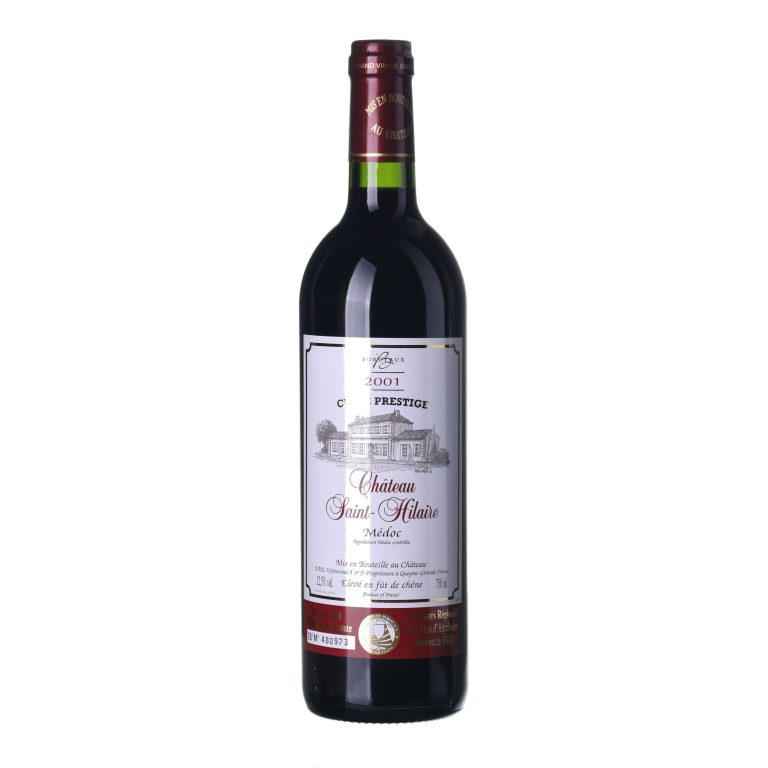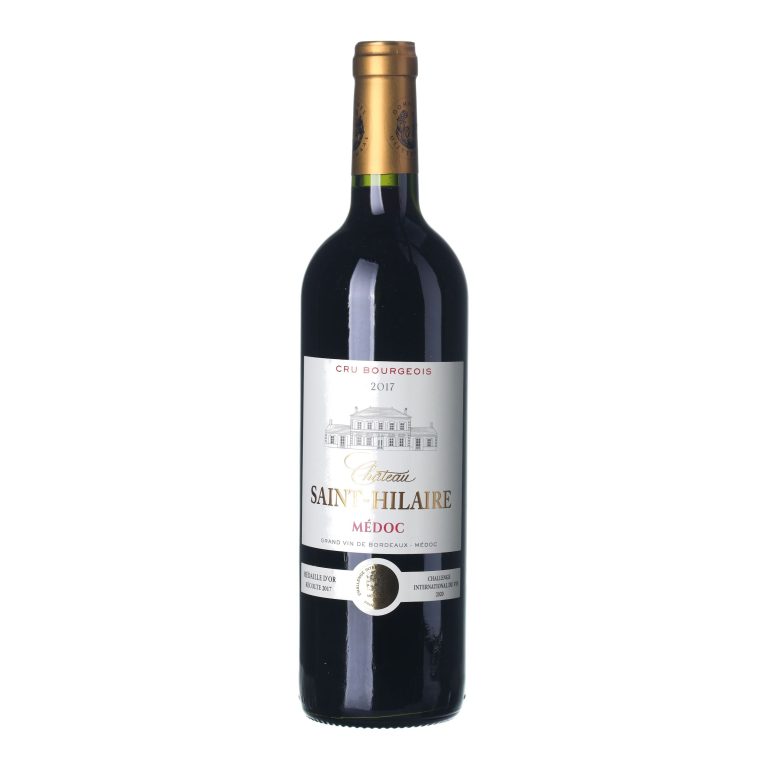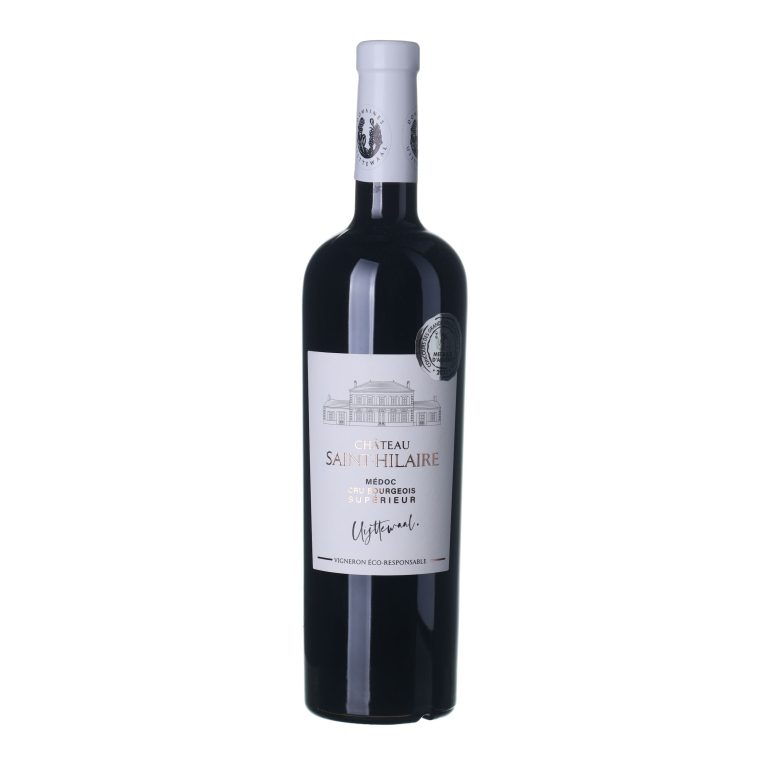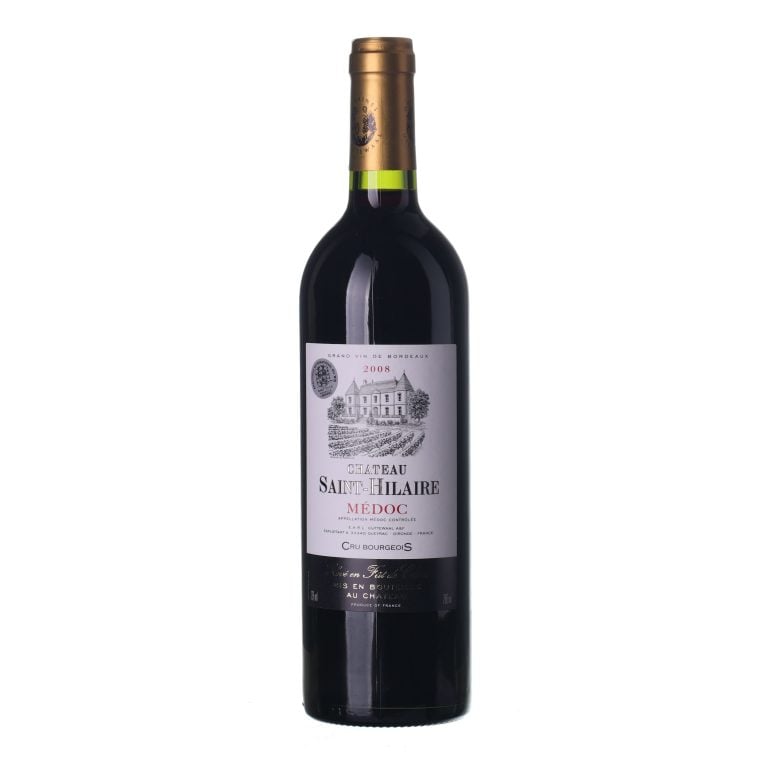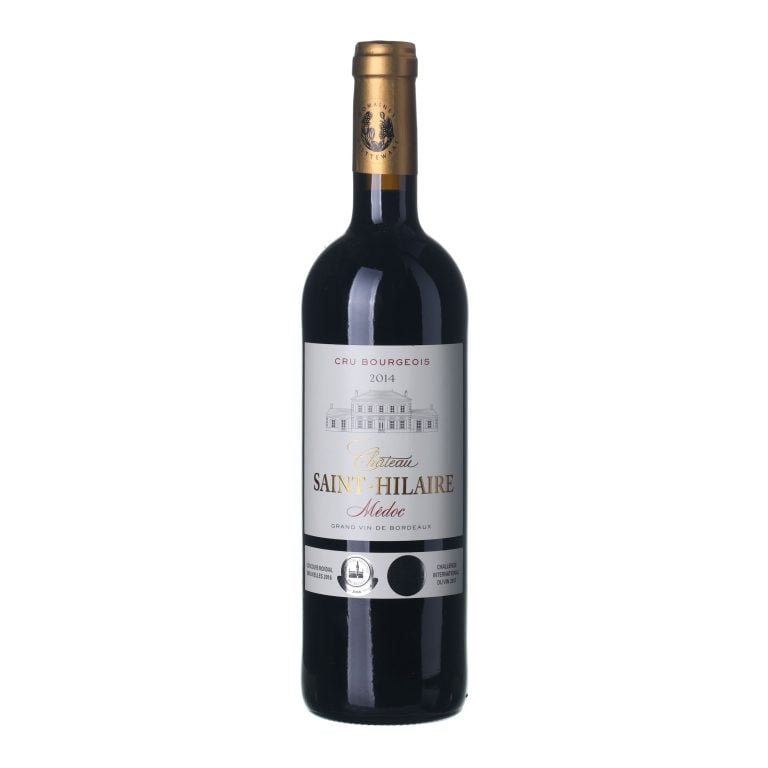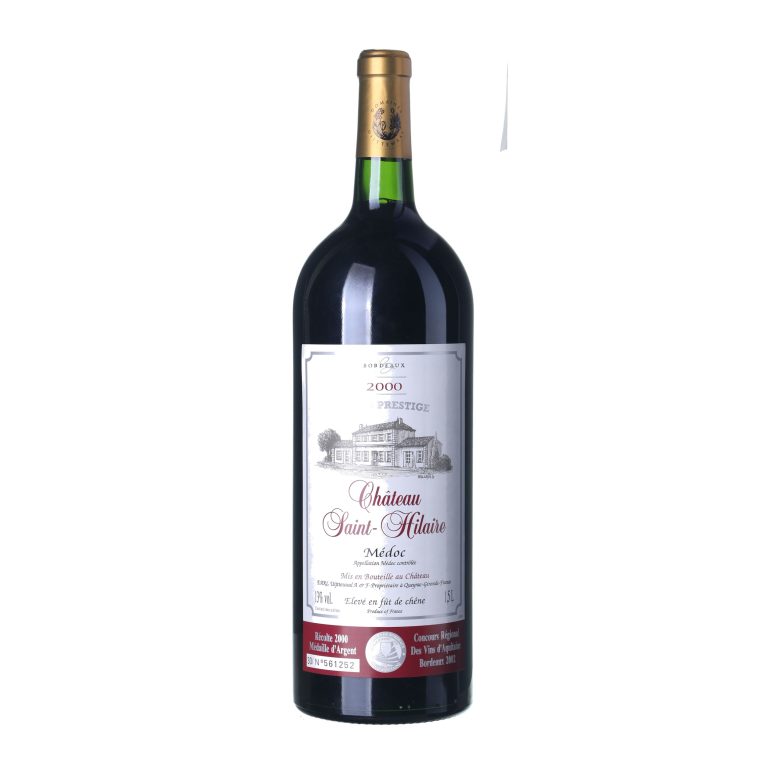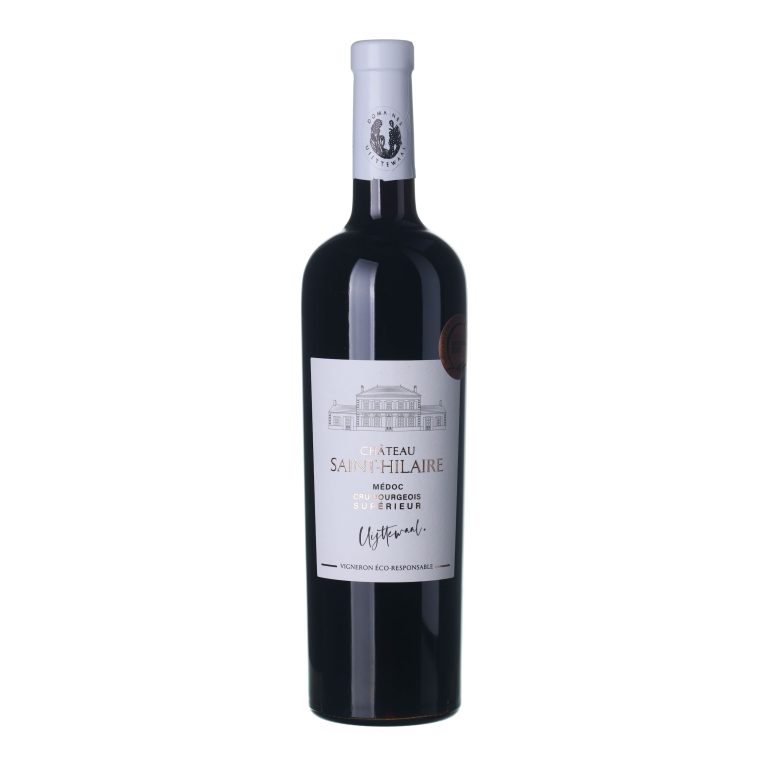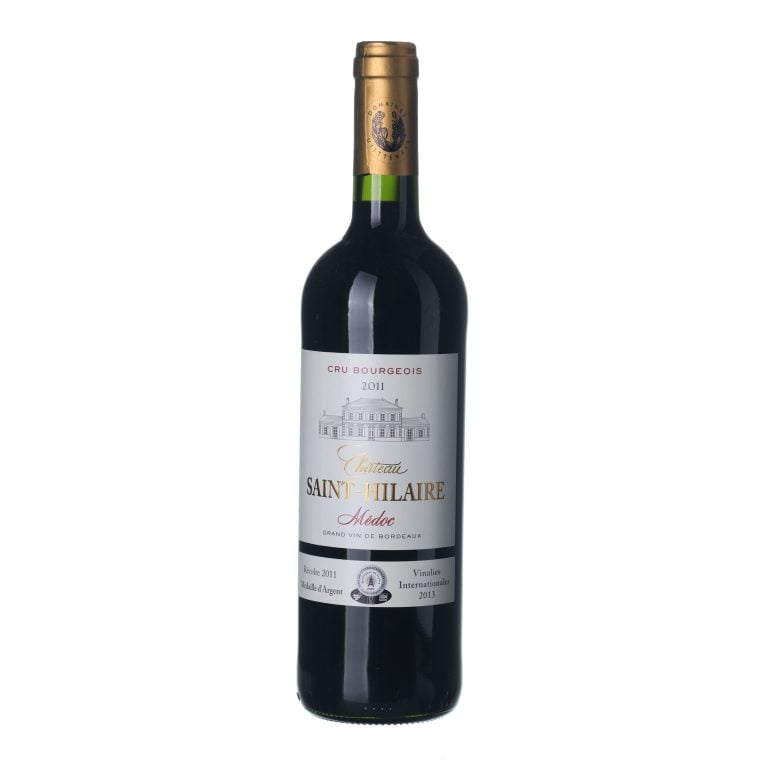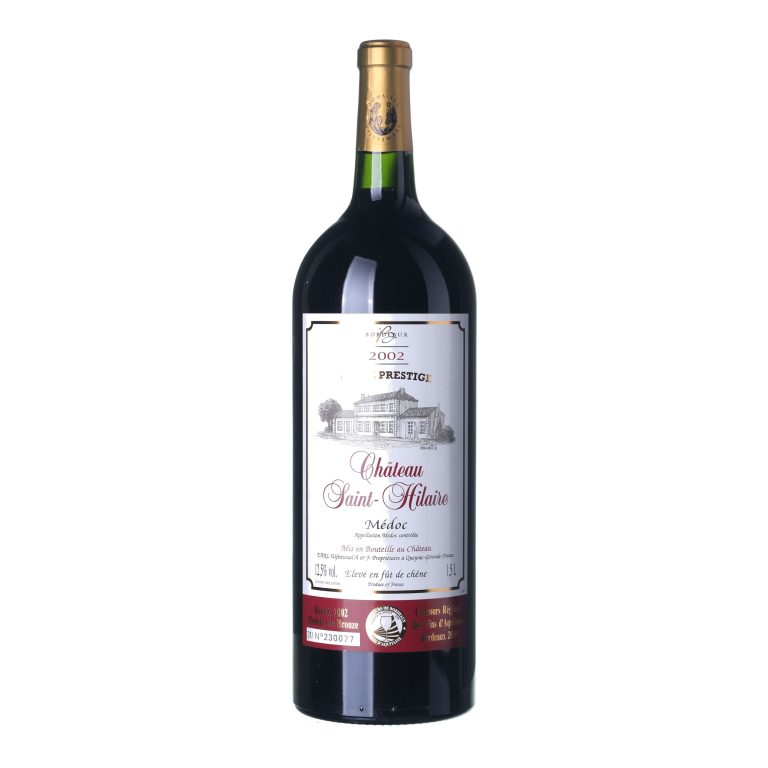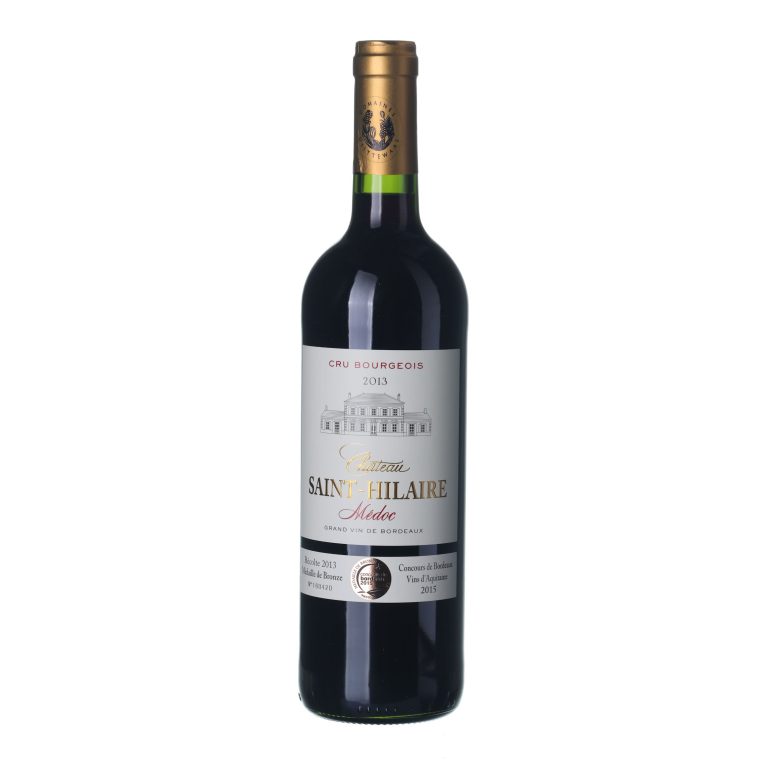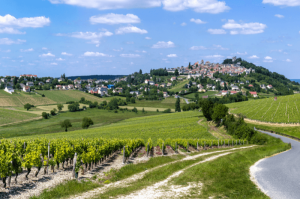Think Outside the Standard Bottle: Go Bigger
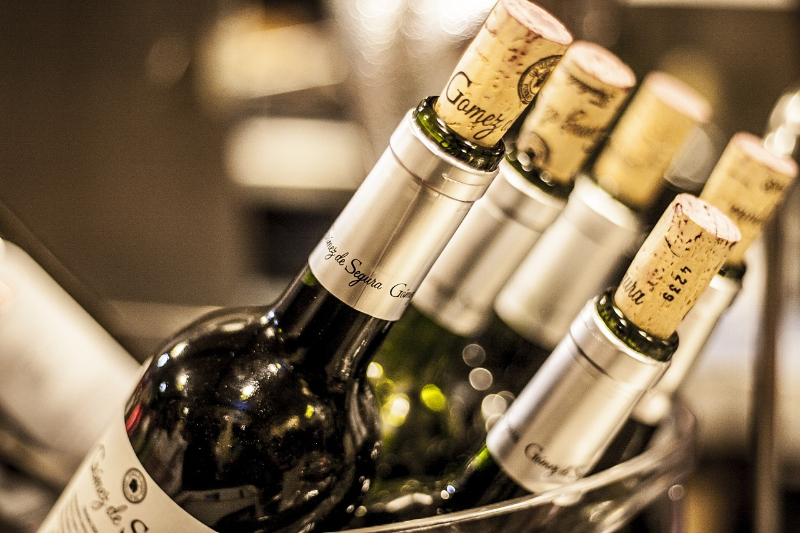
Less may sometimes be more but when it comes to good quality aged wine, we beg to differ. Great wines deserve great (meaning large) bottles. But why? What makes large bottles better?
Ever wondered why a standard wine bottle has exactly 750mL of wine in it, no more, no less? The answer may surprise you. It goes back to the international trade history, when the need arose to convert European liters elegantly into British and American gallons.
The French exported their wines in 225-liter barrels, a size which was converted to fifty gallons by their English-speaking trade partners. Introducing a standardized 750mL bottle size made everyone’s life easier. No more confusing conversions from metric to imperial and vice versa were necessary: a single barrel now comprised exactly twenty-five boxes, each filled with twelve bottles. While the 750mL bottle size is now the golden standard around the world, much larger bottles are also available. Why is that?
Not Just About How Much Fits In
The first, logical reason is that more sizeable bottles fill more glasses on special occasions. A bigger bottle makes for a unique birthday present, which need not be limited to milestone birthdays. In addition, large format bottles have a practical advantage: they have a positive impact on the aging process of wine.
Wine ages better in large format bottles because it comes in contact with a smaller amount of air. The aging process for wine is like a big test for students at the end of the school year. The quality of a wine determines how much rest it requires.
Quality wines are to be consumed within three years, quality wines with special attributes need between three and eight years of maturation, and the best-quality special selection wines, along with Burgundy and Port, will reward you if you have the patience to wait for up to twenty years. Wines suitable for aging are those with a high amount of tannins, extract and acidity. Patience is key in wine maturation, for only time will reveal the full potential of your vintage. Wine can also be aged purely for historic value, in which case it turns into a good investment opportunity. Sparkling wines, rosé, and wines designed for immediate consumption have, with few exceptions, virtually no aging potential.
Select wines. In your email.
once every month. You can look forward to our recommendations, interesting content, and great offers for your archive for your archive.
By sending an email you agree to the Terms and Conditions for Protection of Personal Data


